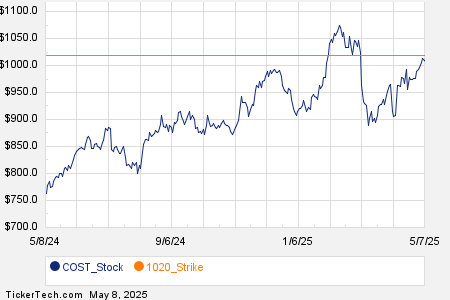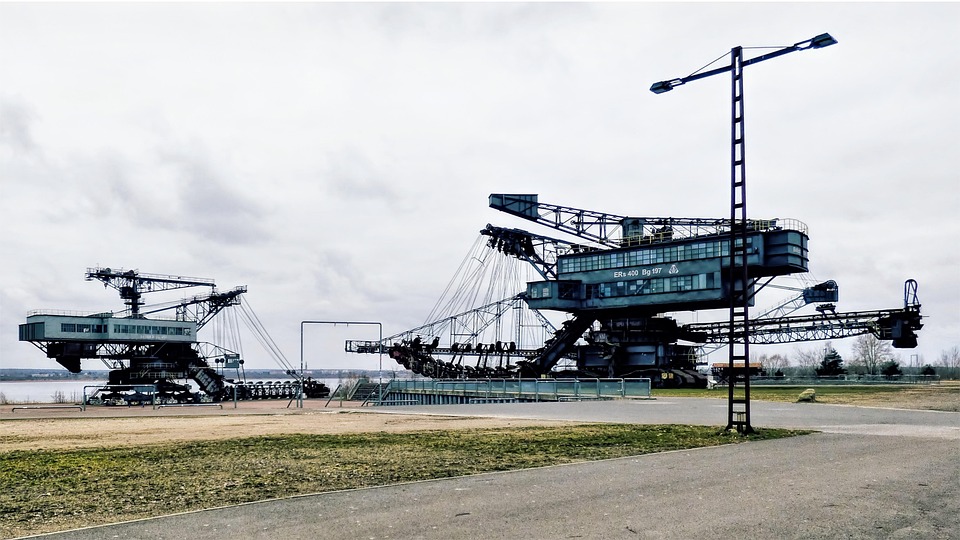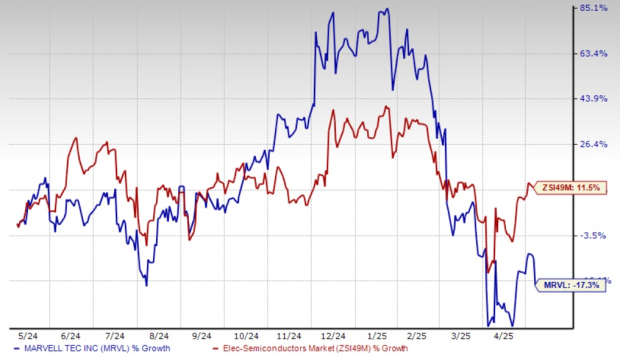Survey Identifies Inspirational Women Leaders Transforming Industries
Over the past twenty years, remarkable growth in women’s leadership has been evident. While women now lead various sectors—from technology to banking—they continue to be underrepresented in top corporate roles.
To highlight those changing this narrative, we recently surveyed over 3,000 people to identify the most inspirational women leaders in each state. Here’s what stood out as we analyzed the results.
Key Findings:
Healthcare: A Prominent Field for Women Leaders
A significant portion of the top CEOs lead hospitals, nonprofit health systems, or healthcare innovation companies. Madeline Bell at CHOP, Marcy Doderer at Arkansas Children’s, and Dr. Janice Nevin at ChristianaCare are just a few leaders reimagining healthcare delivery in their communities. In an industry historically dominated by men, these women are adding depth to care, policy, and access.
Influential Leaders Emerging Into the Spotlight
Not all influential figures are household names. While Mary Barra and Beth Ford are widely recognized, others—like Christine Ehrich (Axis for Autism) and Jenny Groberg (BookSmarts)—quietly reshape critical service delivery with a hands-on, personalized approach. This blend of national recognition and grassroots innovation contributes to the authenticity of the list.
Nonprofits and Education Shine in Less Corporate States
In states such as South Dakota, West Virginia, and Vermont, where corporate headquarters are limited, women leading nonprofits, educational initiatives, or community businesses emerge as major influencers. This underscores that “impact” isn’t only about revenue; it can also mean transformation at the community level.
Women in Male-Dominated Industries: Progress Amid Challenges
Industries like transportation, energy, aerospace, and tech feature women such as Kathy Warden at Northrop Grumman, Patricia Poppe at PG&E, and Joanna Geraghty at JetBlue. Their success highlights the ongoing challenge in achieving gender equality, suggesting that, while progress has been made, significant gaps persist in the leadership pipeline.
The Entrepreneurial Spirit is Thriving
Many leaders on our list are not just CEOs but founders. Women like Whitney Wolfe Herd (Bumble), Erika Allen (Urban Growers Collective), and Monica Smith (Marketsmith) are building companies from the ground up. Their stories reflect a commitment to innovation and resilience, showcasing that success often involves creating opportunities where none existed before.
Values-Led Leadership Gains Momentum
From sustainable farming (Beth Ford) to ethical manufacturing (Gail Friedberg Rottenstrich at ZAGO) and social equity (Fawn Weaver of Uncle Nearest), many leaders are using business as a platform for social good. This focus on values-driven decision-making appears particularly strong among female executives today.
Final Thoughts
This list serves not only as inspiration but also as a guide. Leadership is evolving; it is no longer a one-size-fits-all concept. These women exemplify a blend of emotional intelligence, operational expertise, and deep-rooted purpose, transforming both company frameworks and operational methods.
While “breaking the glass ceiling” is a familiar phrase, these leaders are doing something more nuanced: they’re redesigning the blueprint for success. They demonstrate that achieving results can encompass compassion, collaboration, and community impact, rather than focusing solely on stock prices and IPOs.
Methodology
The findings are based on an online panel survey of 3,021 individuals, selected for age, gender, and geographic representation. Using a two-step process, we ensured unbiased representativeness through stratified sampling and post-stratification weighting.
Respondents were carefully chosen from a geographically balanced online panel of double-opt-in members, tailored to meet the survey’s criteria. We designed questions to screen and authenticate participants, ensuring alignment with our target demographic.
For data integrity, we employed various quality methods, including digital fingerprinting, bot checks, geo-verification, and speed detection. Each response was reviewed by a dedicated team member to confirm contextual accuracy. Open-ended responses were analyzed for inappropriate content and potential plagiarism.




